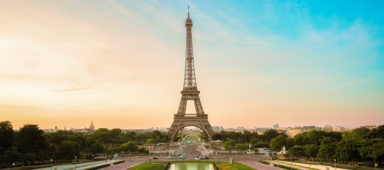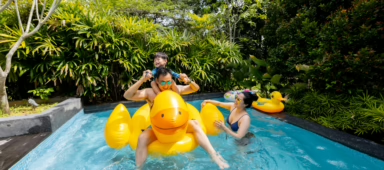Australia’s Top End spells the great outback, crocodiles and adventure
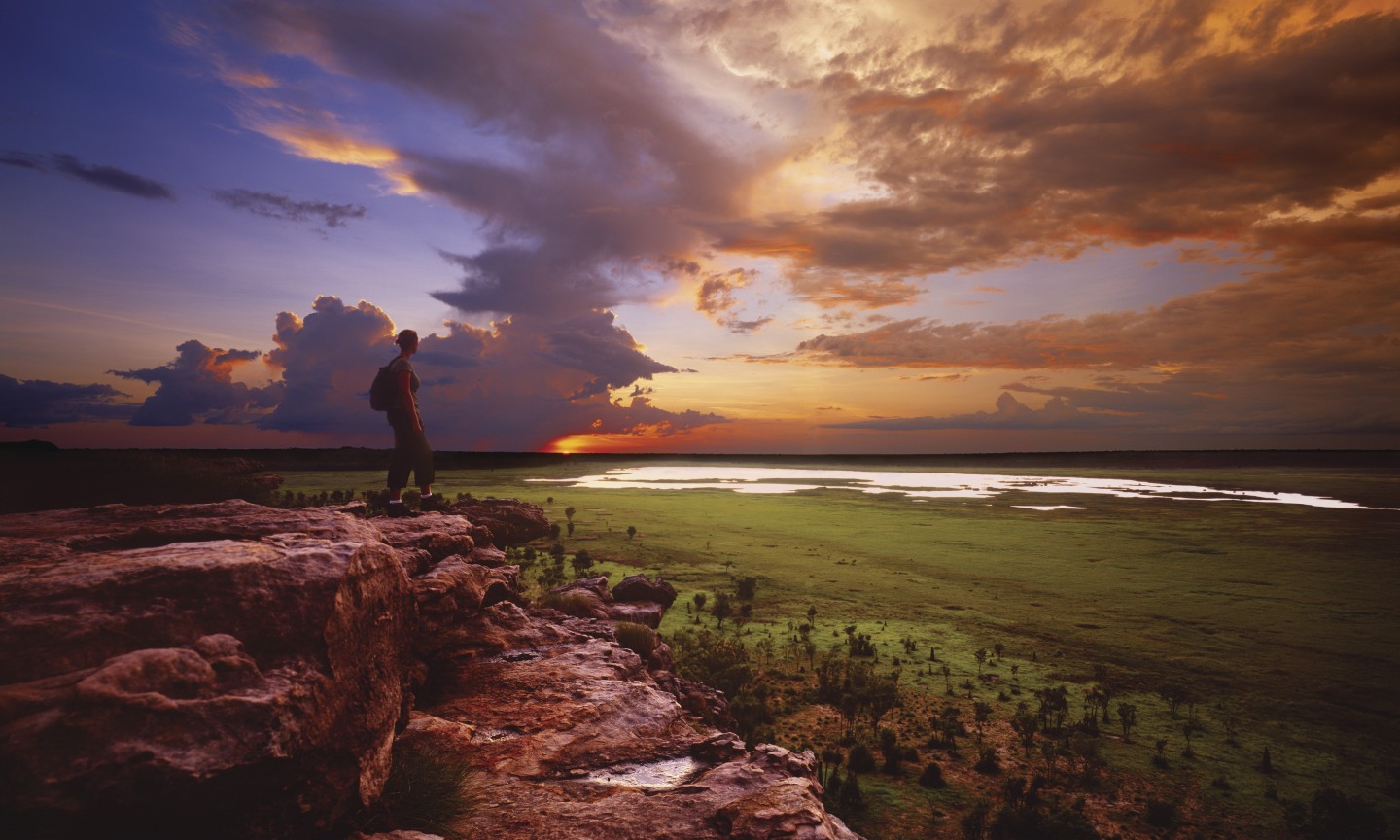
Lazily circling the cage, William is staring at me with his golden eyes. He pushes his massive snout against the cage, jagged ivory-coloured teeth jutting out of his mouth. Above water, he looks a fair size. Underwater, his armour-like body, white underbelly, razor-sharp claws and powerful tail look positively huge.
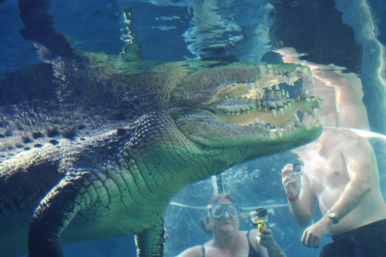
We're at Crocosaurus Cove, situated smack in the middle of Darwin city. The urban park is home to the largest display of reptiles in Australia, Burt the celebrity crocodile (he has made numerous appearances, including in Crocodile Dundee and David Attenborough documentaries), and the Cage of Death, which I'm in right now, within an arm's length of William, a saltwater crocodile. It is an appropriate start to a discovery of the Top End.
Compared to Australia's more popular tourist destinations like Melbourne, Sydney and the Northern Territory's spectacular Uluru, the Top End – which includes Darwin, Katherine, Kakadu and Arnhem Land – does not get enough love or recognition. Vast, rugged and lightly populated, it is known for its tropical weather, rich indigenous culture, national parks and crocodiles.
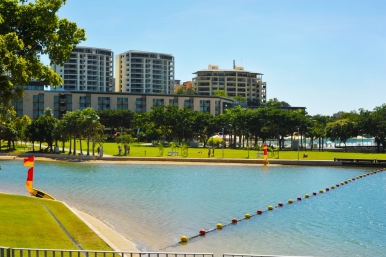
Sitting pretty at the top of it all is Darwin, so named by the captain of the Beagle after the great evolutionist. Small, easygoing but increasingly cosmopolitan, it has its fair share of good cafés, restaurants and markets. Leading the way in the good-living department is the Waterfront with its manmade lagoon, wave pool and cluster of restaurants, bars and seafront apartments.
A multicultural vibe permeates the city, through its people, the culture and cuisine. At celebrity chef Jimmy Shu's award-winning Hanuman, spice levels for the appetising Thai, Indian and Nyonya cuisine are kept unadulterated. Accustomed to Asian culinary influences, Darwinians have developed a palate for the hot and spicy. From April to October, they would descend on Mindil Beach to watch the sunset and visit the market, which is famous for its international cuisine, shopping and entertainment.
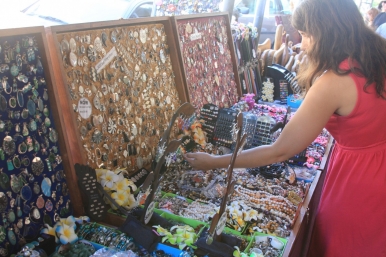
But we have come to the Top End to seek adventure. Up here in the Northern Territory tip, it is to the World Heritage-listed Kakadu National Park that visitors flock to. With an area covering 20,000 square kilometres (roughly half the size of Switzerland), it is the largest park in Australia. Within its boundaries lie complex ecosystems, a rich concentration of wildlife, spectacular scenery and a remarkable collection of rock art. So much more than just a park, Kakadu is intrinsically connected to the cultural heritage of the Aboriginal people who have lived in and looked after this beautiful country for generations.
It is big country, one that is best explored with a 4WD or a guided tour. When timing visits to the Northern Territory, it's important to note its two distinct seasons – wet from November to April and dry for the remaining months. The wet season is characterised by monsoonal rains and storms, floods and high humidity. It restricts travel, but it also turns the landscape into a moist, lush and pulsing green with gushing waterfalls and swollen waterways. Most travellers come to the Top End in the dry season, when the skies are blue, the humidity drops, and Kakadu opens up all its charms to visitors.
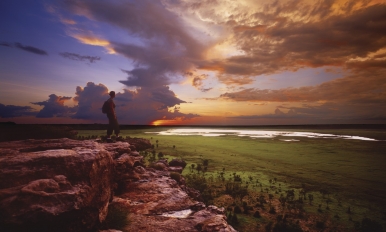
The park however, recognises six different seasons that vary as the landscapes undergo changes. June, for example, signals a season in Kakadu called yegge, when the weather is cooler and the water lilies sprout in the wetlands. It is also time for managed burning in the park, and age-old Aboriginal tradition to encourage new growth. It's not unsual to pass through savannah woodlands with plumes of black smoke drifting out of charred grounds, embers still glowing.
In the dry season, the park slowly opens up to the public as authorities clear water areas of saltwater crocodiles. It's worth getting used to the idea of crocodiles here. The estimated number of crocodiles in this territory swings wide, from 100, 000 all the way up to 300, 000. After their near-decimation in the 1960s, crocodiles are now a protected species in Australia, and it's illegal to hunt or kill them. The park is managed, but visitors are advised to practice caution and to obey all safety directions.
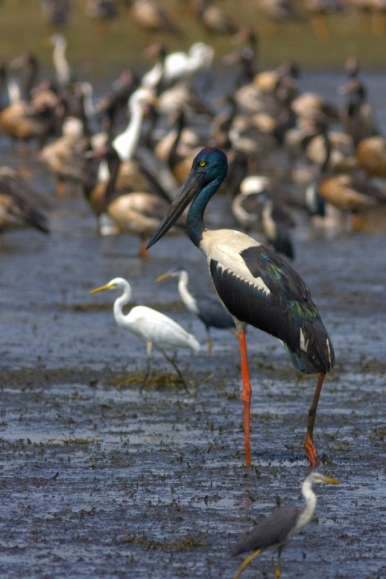
It is best to start the days in Kakadu early as there are a lot of activities and ground to cover, whether you're here for a leisurely or active holiday. In the morning, we're cruising along Yellow Water at the break of dawn, observing the billabong's wildlife stir awake to a new day. It is ideal for spotting birds, such as whistling ducks, magpie geese, jabirus or the great egret, and crocodiles.
By afternoon, we're flying over Kakadu National Park in an Airvan, admiring the breath-taking view below us. There goes the Ranger uranium mine to our right; to our left is Stone Country and its majestic escarpments. From way up here, the lines of the rivers slither and glint in the sun. Later still, we trek a short way to the Maguk gorge, where we slip into a refreshing plunge pool with a waterfall for a view.
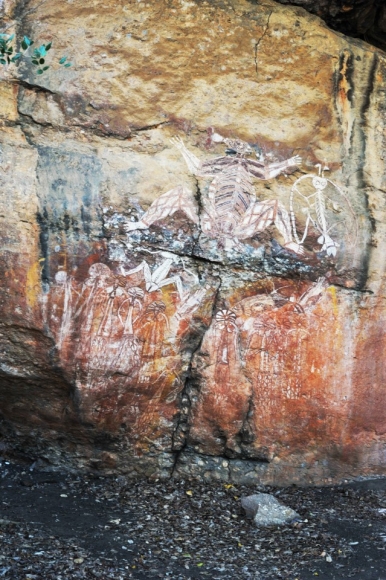
Besides its vast woodlands, lush wetlands and rugged escarpments, Kakadu is famous for its rock art, one of the world's oldest historical records of any group of people. Over 5,000 rock art sites have been recorded, but only a handful are open to the public, including at Ubirr and Nourlangie, where you can see amazing examples of x-ray art and detailed paintings of Aboriginal daily lives. The act of painting is more important than the painting itself; many times, new ones will be painted over the old once the story is told.
En route to the park earlier, we had stopped for the Pudakul Aboriginal Cultural Tour, where we met Graham Kenyon and his daughter, Tarizma. The two-hour tour offered a glimpse of a rich and ancient culture that is finely in tune with the land. “It's really important what we've got now, to keep it,” said the affable Graham, as he took us on a bush tucker walk and talk.
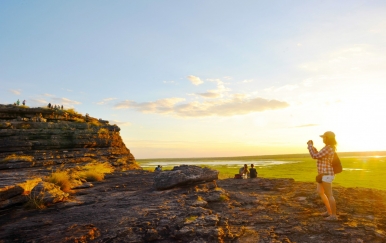
As we stand on a rocky outcrop in Ubirr, taking in the sunset and the magnificent views of the Nadab floodplains, the truth of Graham's words sinks in. With an uninterrupted view, the sun's striking orange globe sinks into the horizon, bathing the sky in spectacular colours. In this fascinating and timeless country, the story of the Top End is definitely worth telling and cherishing.



